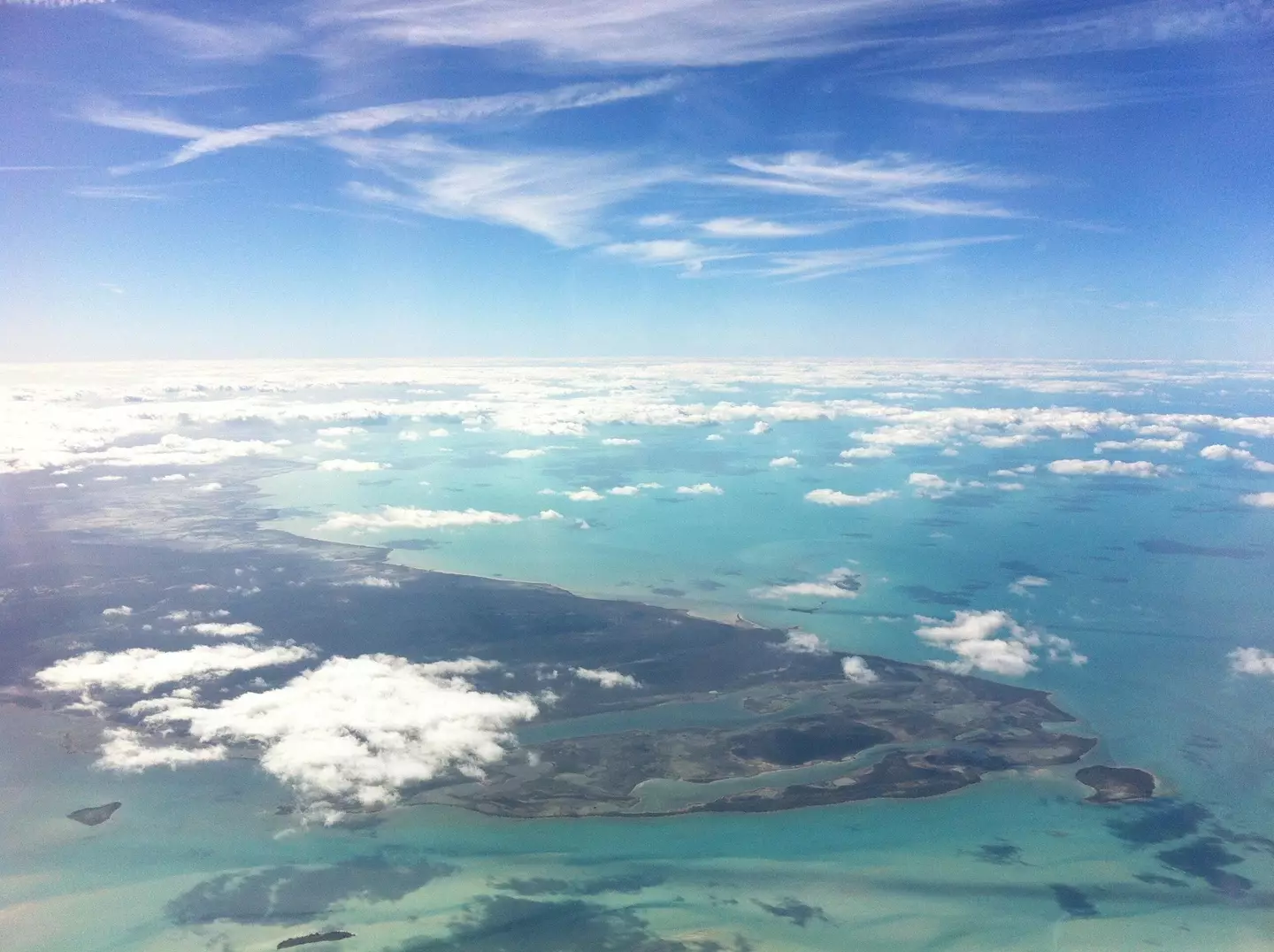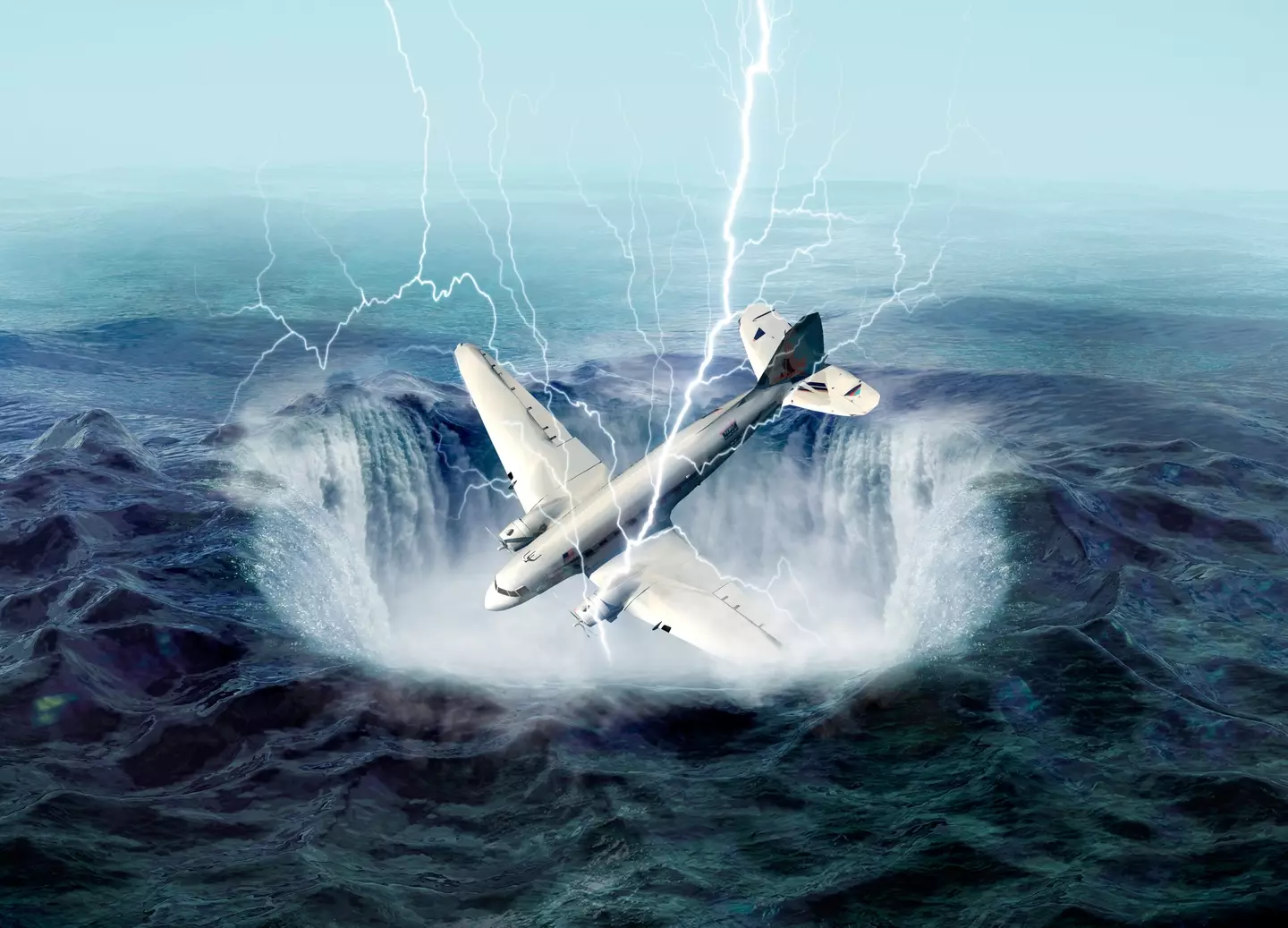
An Australian scientist claims to have solved the mystery of the Bermuda Triangle once and for all.
Karl Kruszelnicki, a fellow at Sydney University, has ascertained that supernatural causes aren’t at play, and the disappearance of planes and boats over the years is likely down to bad weather and human error.
Located between Miami, Puerto Rico and Bermuda, over the years many planes and ships are reported to have vanished without trace near the North Atlantic region, which covers 700,000 kilometres of ocean.

Kruszelnicki has theorised that due to the Bermuda Triangle being a busy patch of sea (he points to its proximity to the US), disappearances in the area aren’t that unusual.
Advert
Kruszelnicki told news.com.au back in 2017: “It is close to the Equator, near a wealthy part of the world – America - therefore you have a lot of traffic.
“According to Lloyd’s of London and the US Coastguard the number that go missing in the Bermuda Triangle is the same as anywhere in the world on a percentage basis.”
Kruszelnicki also addressed Flight 19, perhaps the most famous of all disappearances in the triangle.
Flight 19 was made up of five planes that took off from Fort Lauderdale, Florida, on 5 December 1945 with a total of 14 crew members on board.
Advert
The US Navy TBM Avenger torpedo bombers were carrying out a two-hour, routine training mission but base soon lost contact with all five planes. The aircrafts vanished, along with all crew members and no wreckage was ever found.
According to claims, a PBM-Mariner seaplane dispatched on a search-and-rescue mission to find Flight 19 also disappeared, as did the 13 crew members onboard.

Kruszelnicki insists the vanishing of Flight 19 was likely down to the 15m waves knocking about the Atlantic that day, despite reports of ‘ideal flight conditions’ on 5 December 1945.
Advert
He also noted that Lieutenant Charles Taylor, the flight’s leader, was the only experienced pilot out of the five, although it may have been an error in Taylor’s own judgement that sealed their fate.
He added: "[Lt. Taylor] arrived with a hangover, flew off without a watch, and had a history of getting lost and ditching his plane twice before."
Kruszelnicki transcripts show Taylor was convinced his plane should fly east. A junior pilot suggested they turn west, but Taylor overruled and the patrol continued east, further into the Atlantic.
Kruszelnicki explained that this part of the ocean is particularly deep, making wreckage recovery more difficult.
Advert
As for the search-and-rescue seaplane, Kruszelnicki said it was seen blowing up in the air.
If you have a story you want to tell, send it to UNILAD via [email protected]
